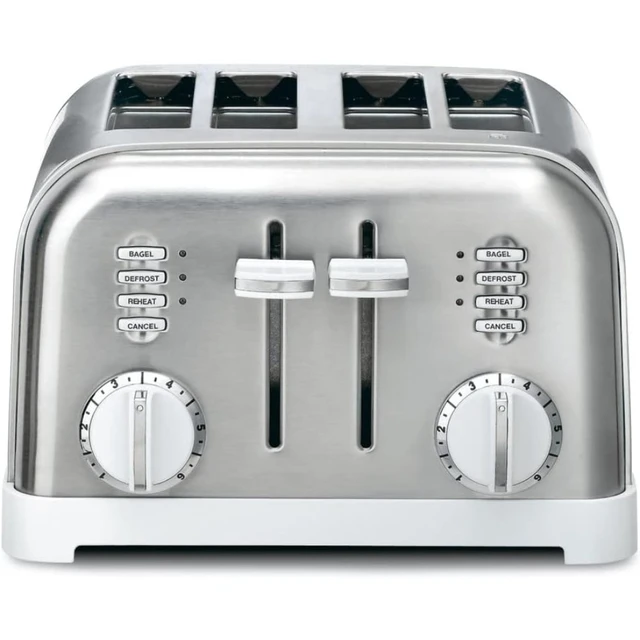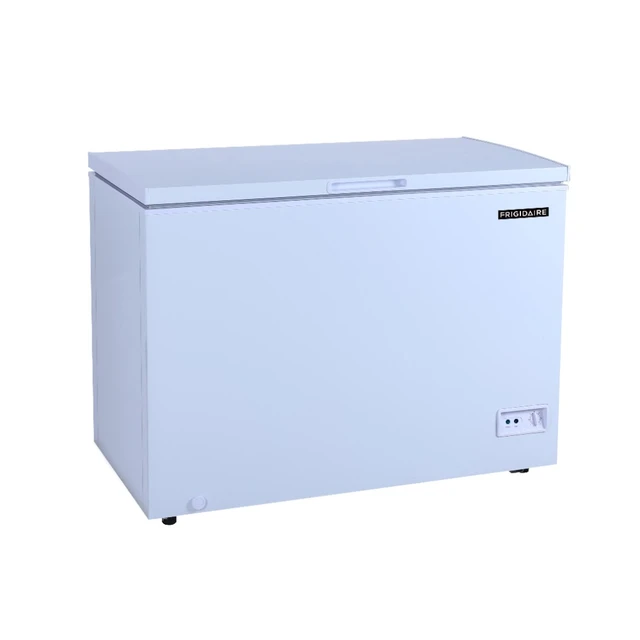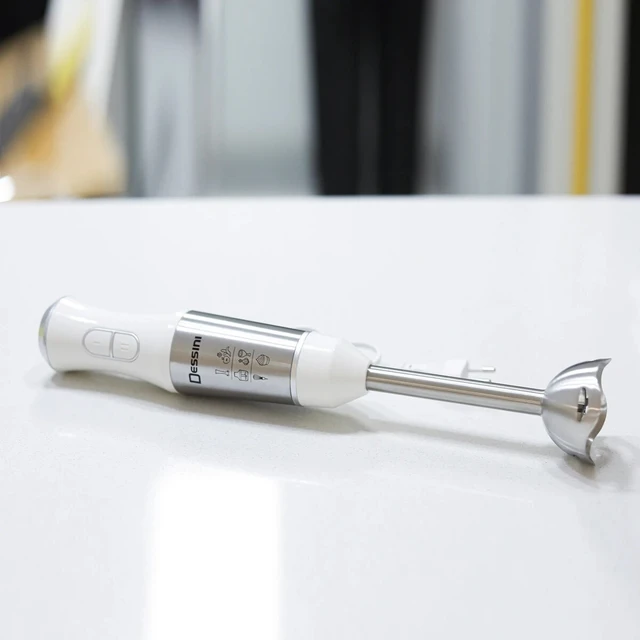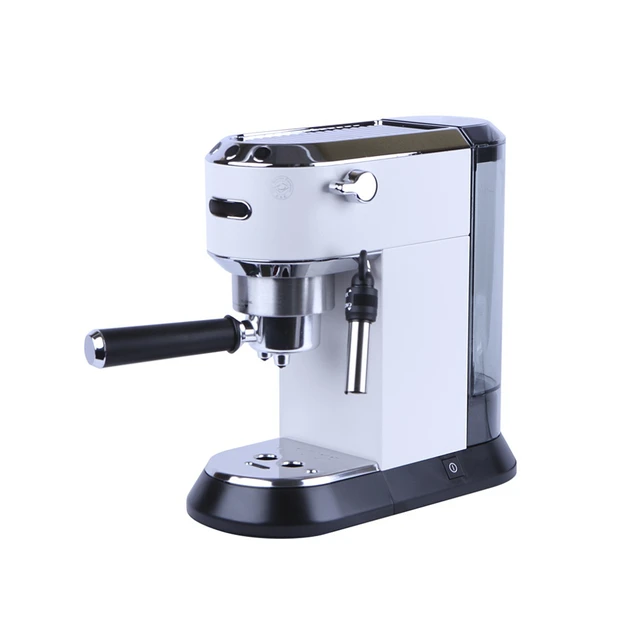Introduction:
Organizing kitchen appliances is essential for maximizing efficiency and creating a functional and clutter-free space. With a wide range of appliances typically found in the kitchen, it is important to have a system in place that allows for easy access and keeps countertops tidy. In this article, we will explore various strategies and tips for organizing kitchen appliances effectively. By considering factors such as frequency of use, available storage space, and ergonomic considerations, you can create an organized and efficient kitchen that suits your needs.

How to organize kitchen appliances?
Assess Your Appliances:
a. Identify Essential Appliances: Start by identifying the appliances that you use on a regular basis. These are typically the ones that should have prime placement and easy access in your kitchen.
b. Evaluate Frequency of Use: Consider how often you use each appliance. Appliances that are used daily or frequently should be stored in a convenient and easily accessible location, while those used less frequently can be stored in less accessible areas.
c. Declutter and Donate: Take the opportunity to declutter and donate any appliances that are no longer needed or rarely used. This will free up valuable space in your kitchen and reduce unnecessary clutter.
Create Zones:
a. Establish Work Zones: Divide your kitchen into different work zones based on the activities that take place in each area. For example, create a cooking zone near the stove, a baking zone near the oven, and a beverage station near the refrigerator. Group appliances accordingly to streamline workflow and reduce unnecessary movement.
b. Consider Workflow: Arrange appliances within each zone based on the workflow of your kitchen. Place appliances in a logical sequence to minimize backtracking and make tasks more efficient. For example, store mixing bowls and measuring cups near the mixer for easy access during baking.
c. Accessibility: Ensure that appliances in each zone are easily accessible. Place frequently used appliances at eye level or within arm’s reach to minimize bending, reaching, and straining.

Utilize Cabinet and Drawer Space:
a. Evaluate Storage Capacity: Assess the available cabinet and drawer space in your kitchen. Determine how much space you have for storing appliances and allocate storage accordingly.
b. Categorize Appliances: Group appliances by category to determine how much space is needed for each. For example, designate a cabinet for small appliances like blenders and toasters, and another for larger appliances such as slow cookers and food processors.
c. Utilize Vertical Space: Make use of vertical space by installing adjustable shelves or stacking appliances if applicable. This maximizes storage capacity and allows for easy access to items stored in cabinets.
d. Drawer Organizers: Incorporate drawer organizers to keep smaller appliances and their accessories neatly separated and easily accessible. Use dividers or trays to create compartments for items such as attachments, utensils, or measuring spoons.
Consider Countertop Storage:
a. Prioritize Frequently Used Appliances: Reserve countertop space for appliances that are used daily or frequently, such as coffee makers or toasters. This ensures easy access and eliminates the need to constantly retrieve them from cabinets.
b. Utilize Appliance Garages: Incorporate appliance garages or dedicated cabinet spaces with roll-up doors to store and conceal larger appliances like blenders or mixers. These keep countertops clear while providing quick access when needed.
c. Decorative Display: If you have limited cabinet space and want to showcase certain appliances, consider creating a designated area for displaying a few selected appliances. This adds a decorative touch to your kitchen while keeping countertops clutter-free.

Labeling and Organization Tools:
a. Clear and Visible Labeling: Label storage areas or cabinets to easily identify where each appliance belongs. This helps maintain organization and ensures that appliances are returned to their designated spaces after use.
b. Cable Management: Use cable management solutions such as cord clips or cable ties to keep appliance cords neat and tangle-free. This minimizes clutter and makes it easier to access appliances without dealing with tangled cords.
c. Storage Bins or Baskets: Utilize storage bins or baskets to group like-items together. For example, use a bin to store baking-related appliances or a basket to hold coffee-related accessories. This enhances organization and simplifies the process of retrieving specific items.

Safety Considerations:
a. Weight Distribution: When storing appliances in cabinets or on shelves, distribute the weight evenly to prevent shelves from sagging or collapsing. Place heavier appliances on lower shelves or in sturdier cabinets.
b. Secure Appliances: Ensure that appliances are properly secured to prevent them from shifting or falling while opening or closing cabinet doors. Use non-slip shelf liners or adhesive grips to provide stability for appliances stored on open shelves.
c. Childproofing: If you have young children, take extra precautions to childproof appliances that may pose safety risks. Use safety locks or store potentially dangerous appliances out of reach to prevent accidents.
Maintenance and Cleaning:
a. Easy-to-Clean Surfaces: Consider the ease of cleaning when organizing appliances. Opt for appliances with smooth surfaces and minimal crevices, as they are easier to wipe down and maintain.
b. Regular Cleaning Routine: Establish a regular cleaning routine for your appliances to keep them in good working condition. Wipe down surfaces, remove any food debris, and clean filters or detachable parts as recommended by the manufacturer.
c. Proper Ventilation: Ensure that appliances that generate heat, such as ovens or microwaves, have proper ventilation to prevent the buildup of grease or odors. Regularly clean ventilation systems or filters to maintain airflow and prevent any malfunctions.
Ergonomics and Accessibility:
a. Consider Height and Reach: Organize appliances based on the height and reach of the individuals using the kitchen. Place frequently used appliances at appropriate heights to avoid unnecessary bending or straining.
b. Pull-Out Shelves or Lazy Susans: Consider installing pull-out shelves or lazy Susans in lower cabinets to improve accessibility. These mechanisms allow for easier retrieval of appliances stored at the back of cabinets without the need to reach or strain.
c. Appliance Lifts: For heavier or larger appliances, consider using appliance lifts to raise them to a more comfortable height for use. These lifts can be installed in cabinets or countertops and allow for easy access while minimizing the risk of strain or injury.
Periodic Review and Adjustments:
a. Regular Evaluation: Periodically review your appliance organization system to ensure it still meets your needs. As your kitchen habits or appliance collection evolves, you may need to make adjustments to better accommodate your changing requirements.
b. Lifestyle Changes: If your cooking habits change or you acquire new appliances, reassess your organization system to accommodate these adjustments. Be flexible in adapting your organization to best suit your current lifestyle and appliance usage.
c. Efficiency and Convenience: Continuously strive for an organization system that improves efficiency and convenience in your kitchen. Regularly evaluate what is working and what can be improved to make your cooking and meal preparation processes smoother and more enjoyable.

Conclusion:
Organizing kitchen appliances is essential for maintaining an efficient and functional kitchen space. By assessing your appliances, creating work zones, and utilizing cabinet and drawer space effectively, you can streamline your cooking and meal preparation processes. Consider countertop storage options, labeling, and organization tools to keep appliances easily accessible and maintain a clutter-free environment. It is important to prioritize safety by properly securing appliances and taking childproofing measures if necessary. By implementing these strategies, you can create an organized kitchen that maximizes efficiency, enhances workflow, and eliminates unnecessary clutter.

